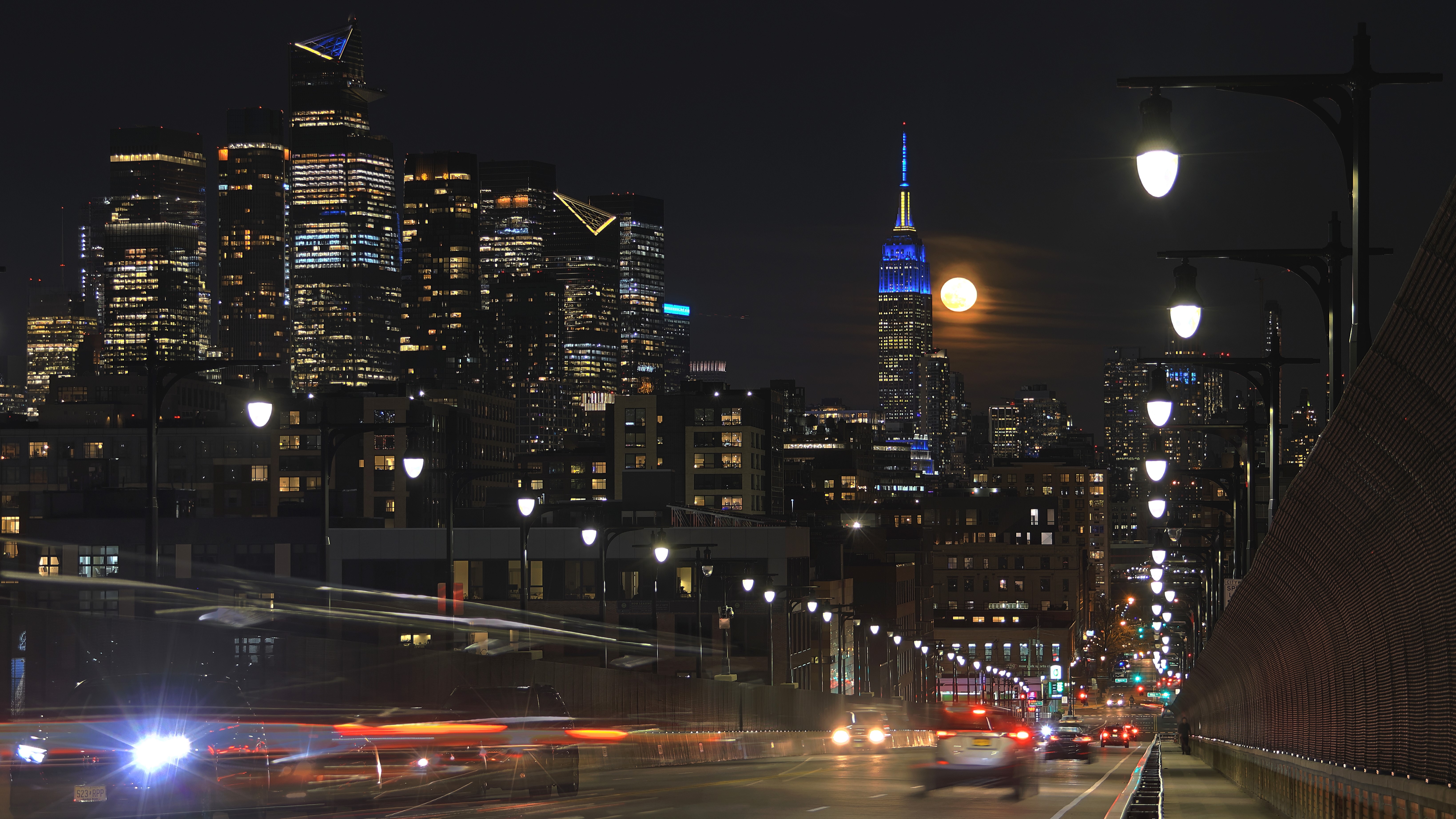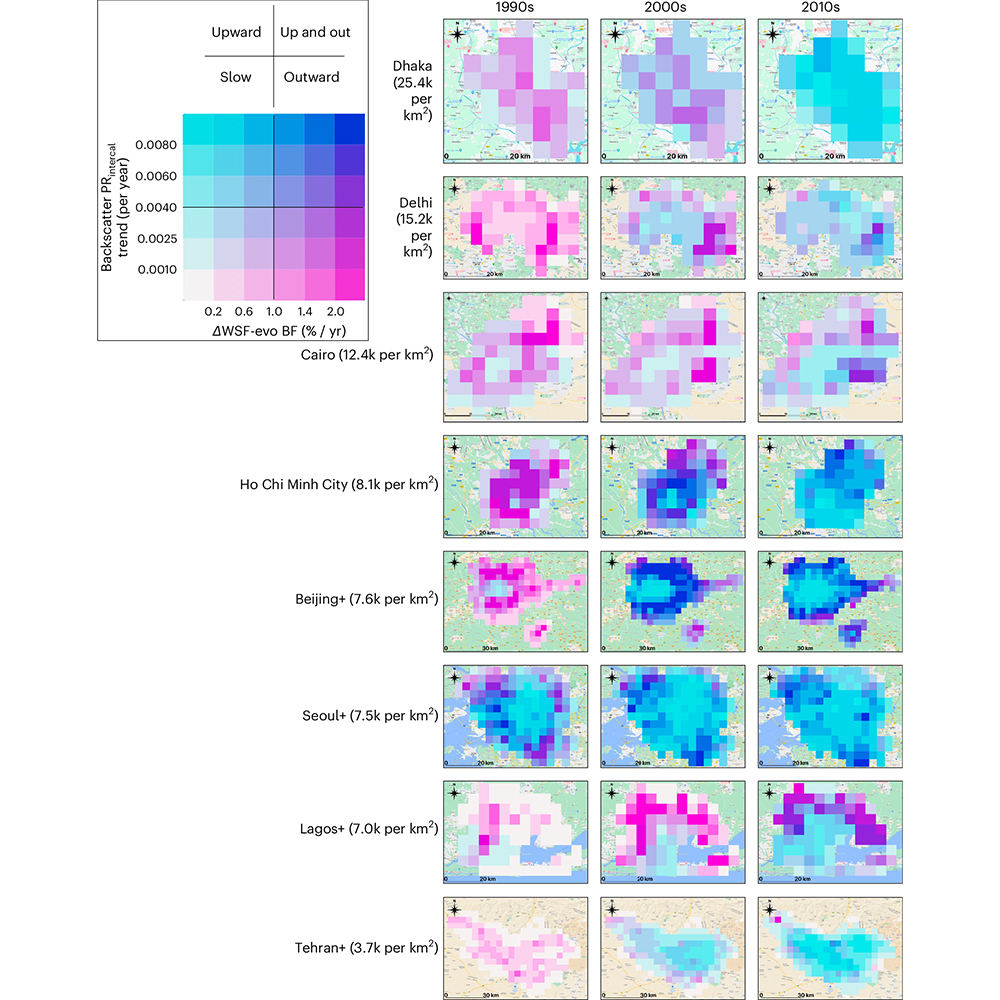
Cities around the world are growing upward more than they are spreading outward, scientists studying decades of satellite data recently announced — quantifying a profound, global shift in development of cities, where chains of skyscrapers have also become their single biggest contributor to increasing heat.
"Cities everywhere have grown," study lead author Steve Frolking of the University of New Hampshire told Space.com. "I don't think it's particularly a surprising result — everybody's individual experience with a particular city is that there are probably more tall buildings now than there were 20 years ago."
For the first time, Frolking and his colleagues have put numbers to that sense of shift. Using data from multiple Earth observing satellites, the researchers studied the growth of more than 1,550 cities worldwide from 1990 to 2020 — a period during which urban populations roughly doubled from about 2 billion to 4 billion. The team used information collected by NASA's Landsat, for instance, which recorded how much land buildings around the world occupied. Meanwhile, data from a series of sensors flown on European Remote Sensing (ERS) satellites cataloged the buildings' upward growth.
Combining the two kinds of data, the researchers found fast-developing countries like China, southeast Asia, parts of Africa and the Middle East grew upward dramatically, while developed countries like North America, Europe, Japan, Taiwan and South Korea added taller buildings at a slower rate, the researchers wrote in a paper published earlier this month in Nature Cities.
Related: Earth's Cities at Night: Photos From Space
While each country's economy, land prices and regulations around building heights all seemed to influence the pace at which its cities grew, the analysis also shows that urban growth is not limited anymore to just a handful of cities like New York, Tokyo and Shanghai. Historically, that has been the case.
"We see this shift primarily in large cities with more than a million people," Frolking said. "Typically — although not always — the transition happens first in the center of the city and then spreads outward."
Such city centers, which tend to be called "downtowns," are preferred residential locations because they offer shorter work commutes, entertainment hubs and other amenities, as well as easier access to public transportation. By 2050, 68% of the world's population is expected to move to a downtown area, with much of that increase occurring in India, China and Nigeria, a 2018 report by the United Nations found.
Yet, city growth also brings with it air, noise and light pollution. High-rise structures can exacerbate strong gusts in surrounding streets, and densely populated cities are known to be heat islands — large human-made structures like buildings and roads absorb and release solar heat more than rural, greenery-rich areas do.

Previous research has found such structures, which warm up throughout the day and release heat slowly after sunset, vent that heat not just into the air but also into the ground. Alessandro Rotta Loria, an assistant professor of civil and environmental engineering at Northwestern University who led that research, termed underground climate change a "silent hazard" that weakens the foundations of buildings and affects their operational performance and durability.
"It has consequences for greenhouse gas emissions, from both structures themselves and transportation infrastructure around that in order to get people to live there or work there," said Frolking.
!["[T]he First and Fifth Amendments Require ICE to Provide Information About the Whereabouts of a Detained Person"](https://images.inkl.com/s3/publisher/cover/212/reason-cover.png?w=600)






